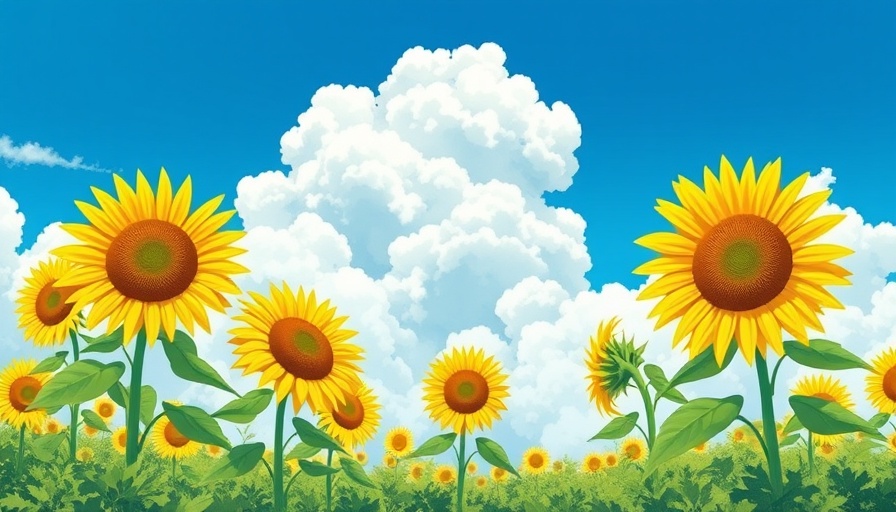
AI's Encroachment on Artistic Expression: A Troubling Trend
The recent foray of AI into the realm of art has raised grave concerns among creatives and enthusiasts alike. In particular, the ability of OpenAI’s new image generation model, GPT-4o, to produce Studio Ghibli-inspired works has sparked outrage. This isn't merely an homage; these are direct imitations of Ghibli’s beloved style, and many see this as a fundamental violation of artistic rights.
Understanding the Backlash Against AI Art
The overwhelming pushback stems from a deep-rooted respect for creators like Hayao Miyazaki, Ghibli's founder, who has long been vocally critical of artificial intelligence in the creative process. In an age where originality is key, the idea that AI can simply copy a distinct style raises ethical questions about copyright and the definition of art itself. As pointed out by Gareth Watkins, the emergence of AI art has become a battleground, reflecting larger struggles against monopolistic behavior in the tech industry.
AI Art: Necessity Versus Authenticity
While some may argue that AI-generated art can democratize creativity by making it accessible to all, the chilling reality is that such tools can also dilute the authenticity of artistic expression. For many, original artwork represents a fusion of personal experience, effort, and emotion—qualities that cannot be replicated or simulated by an algorithm, regardless of how advanced.
Why Sharing AI-Generated Ghibli Works Is Harmful
It's crucial to understand why sharing AI-generated art, particularly works mimicking Studio Ghibli, is counterproductive. Each time these pieces are disseminated, it perpetuates the narrative that this form of creation is acceptable, blurring the line between genuine artistic effort and algorithm-driven output. It further serves to normalize the theft of intellectual property, a slippery slope that many creators fear will lead to their unique styles being exploited and commodified without consent.
The Broader Implication of AI in Art
The concerns surrounding AI's encroachment extend beyond Ghibli or any single entity. At its core, the issue represents a larger struggle over the ownership of creativity and cultural heritage. As technology evolves faster than the law can adapt, artists are finding themselves outmaneuvered by corporations seeking profit from the foundational work of others. High-profile figures like Sam Altman only exacerbate these fears, as they stand at the nexus of technological advancement and artistic integrity.
Counterarguments: The Case for AI Creativity?
Opponents of this view often argue that AI can inspire human artists by providing new tools for creation. In fact, innovations such as AI-assisted painting or music composition can yield unexpected and beautiful outcomes. However, a nuanced approach recognizes that while AI can aid in creativity, it should not replace the human touch—an essence that is irreplaceable.
Moving Forward: Preserving Artistic Integrity
Artists, technologists, and enthusiasts must work together to find a balance between embracing innovation and protecting creators' rights. Establishing guidelines on ethical AI usage while encouraging original works can help ensure that the heart of artistic expression remains intact in an increasingly automated world.
A Call to Action: Be a Responsible Consumer of Art
As consumers of digital art, it’s vital to remain conscious of the choices we make. Avoid sharing AI-generated works that infringe upon the styles of established artists, particularly those as revered as Studio Ghibli. Instead, let's promote genuine creativity that honors the efforts of human artists and supports original content. Being mindful of our digital footprints can help steer the conversation in a direction that values authenticity over convenience.
 Add Row
Add Row  Add
Add 




 Add Row
Add Row  Add
Add 

Write A Comment